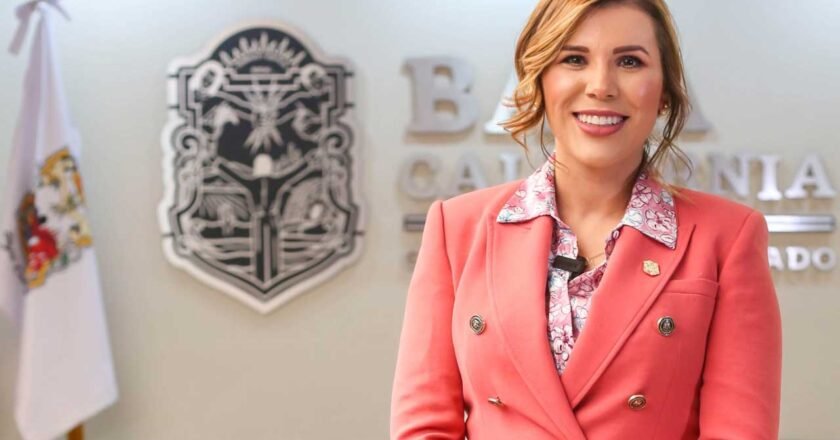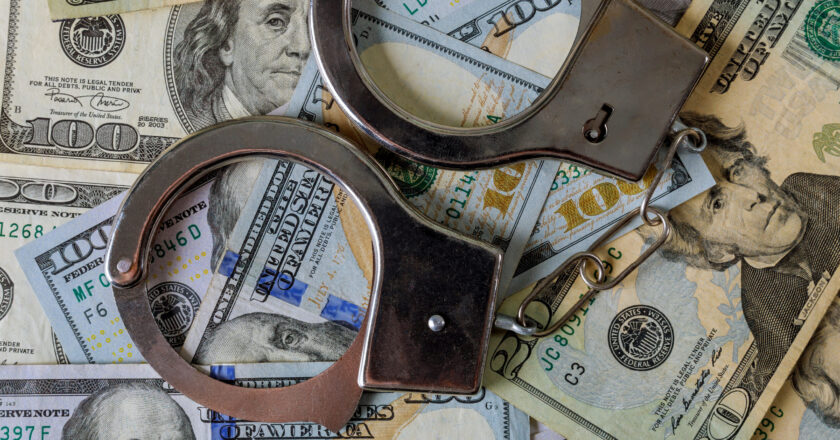Mexico City — Baja California just proved it can do more than tacos, wine, and beach sunsets. It can sell …


Mexico City — Baja California just proved it can do more than tacos, wine, and beach sunsets. It can sell …

In case you missed it between tacos and sunsets, Baja California just got a financial thumbs-up from Moody’s. That’s right …

If you blinked, you missed it. Just two days after the U.S. began reopening ports to Mexican cattle, the border …

FinCEN calls out CIBanco, Intercam, and Vector for helping cartels move dirty money It’s not every day the U.S. Treasury …

Hollywood may have Tinseltown, but Ensenada could be next in line for the spotlight. Netflix executives recently visited Ensenada to …

Just when you thought the border couldn’t get any pricier—remittances now come with a 3.5% surcharge. Last week, the proposed …

There’s a new proposal making noise across the border—and it’s got Baja’s name all over it. U.S. lawmakers are pushing …

Ensenada has taken a significant step toward sustainable tourism On April 21, Governor Marina del Pilar Ávila Olmeda gave out …

🇲🇽 Mexico Dodges a Trade War (Sort Of) — But Tariffs Still Sting Baja watches the big game with nosebleed …

EDITOR NOTE: The dollar (USD) amounts in this article where converted from the pesos amount mentioned in the article at …